A well-designed wood fence can do more than define property lines; it can enhance the beauty and functionality of your yard. From adding privacy to creating a striking visual feature, wood fences offer endless creative possibilities. Whether your style is modern, rustic, or eclectic, the right design can transform your outdoor space into a true extension of your home. Here are ten inspiring wood fence ideas that combine aesthetics, functionality, and craftsmanship to elevate any yard.
1. Horizontal Slat Fence

Horizontal slat fences have grown in popularity for their modern, sleek look. Unlike traditional vertical fences, horizontal panels give a contemporary feel and can make your yard appear wider. Cedar and redwood are popular choices due to their durability and natural color. Spacing the slats strategically can balance privacy with airflow and light. This design works well for both front and backyard spaces, offering a refined aesthetic while maintaining functionality. The style emerged prominently in residential projects during the 2010s.
2. Mixed-Height Fence

A mixed-height fence adds dimension and visual interest to a yard by varying the height of panels along its length. This approach works best with contrasting wood types or finishes to emphasize the layered effect. Taller sections can provide privacy for seating areas, while shorter segments maintain openness for views and light. This idea is ideal for sloped landscapes, as it can follow natural contours. Typically, mixed-height fences require careful planning and construction, making them popular in custom-built yards from the late 2010s onward.
3. Board-and-Batten Fence

The board-and-batten fence is a timeless design that uses wide boards with narrower battens covering the seams. Its rustic charm makes it suitable for cottages, farmhouse-style homes, or country gardens. Traditionally built with cedar or pine, the battens offer extra strength and a classic look. This style dates back to 19th-century American architecture but has been modernized for contemporary landscaping. It combines functionality with charm, ensuring privacy while providing a decorative edge that fits both traditional and modern backyards.
4. Lattice-Top Fence
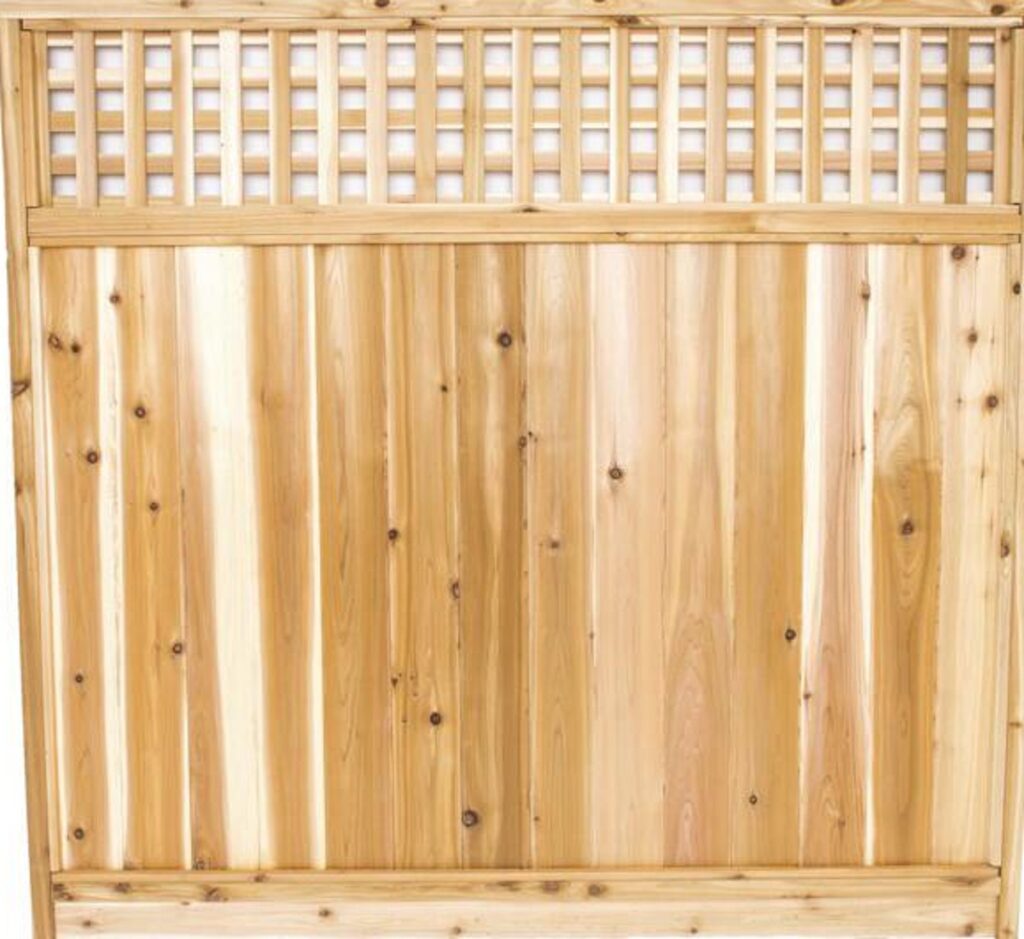
A lattice-top fence incorporates a decorative lattice panel at the top of a standard wood fence, adding elegance and a hint of openness. This style is perfect for allowing climbing plants to grow, creating a living wall effect. Wood types like cedar and pressure-treated pine are commonly used for longevity and resistance to decay. The lattice detail originated from European garden designs in the 18th century but has become a staple in modern residential landscaping, combining both beauty and practical airflow for garden areas.
5. Shadowbox Fence
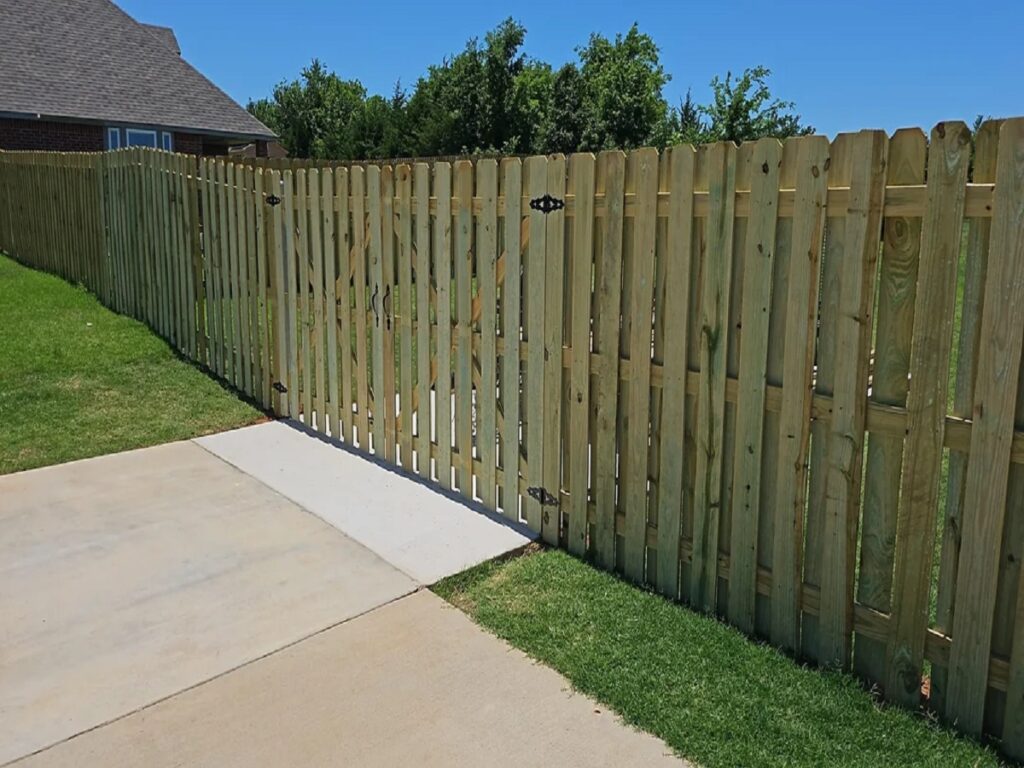
Shadowbox fences feature alternating panels on either side of the posts, offering partial visibility while maintaining privacy. This style allows light and air to pass through, creating a less imposing visual barrier than solid fences. Cedar or redwood is commonly chosen for its natural beauty and durability. Popularized in the early 2000s in suburban neighborhoods, shadowbox fences are ideal for creating privacy without feeling closed off. They provide a balanced approach between openness and security, making them versatile for front or backyard applications.
6. Rustic Split-Rail Fence
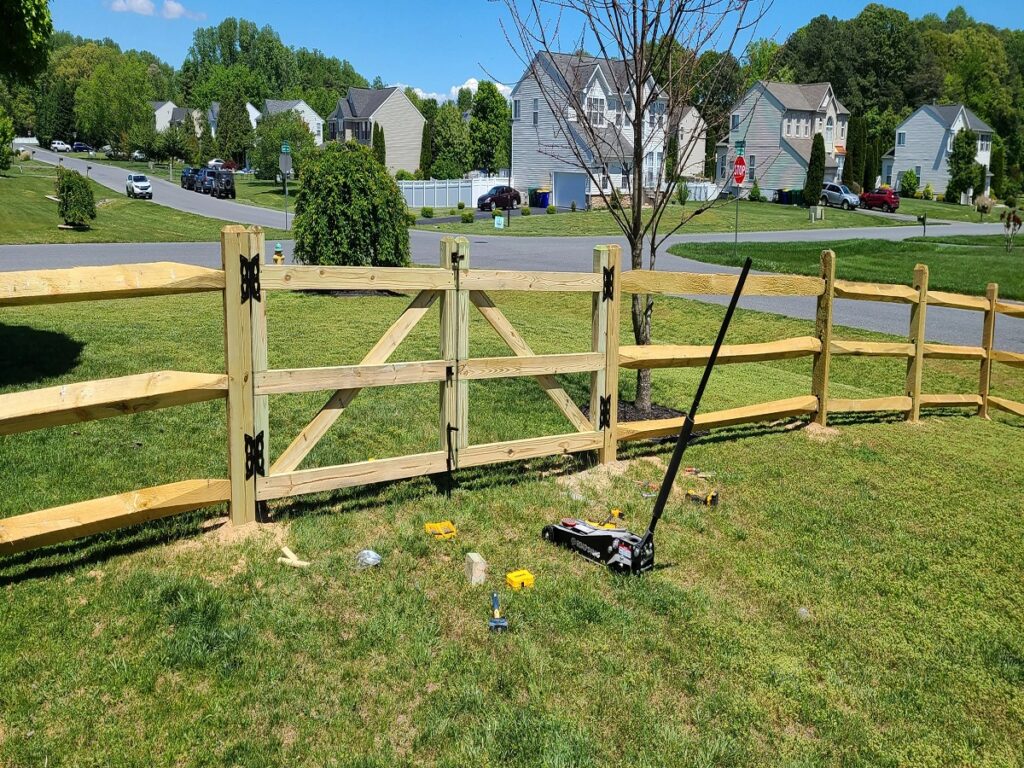
The rustic split-rail fence is ideal for large yards or rural properties, evoking a natural, countryside charm. Constructed with split logs, this style emphasizes rugged textures and organic forms. Though it offers minimal privacy, it’s perfect for defining property lines or containing pets. Split-rail fences date back to the 18th century in America and are often associated with pioneer craftsmanship. Modern versions use pressure-treated wood for longevity, blending historical appeal with contemporary durability. This fence enhances the natural beauty of open landscapes.
7. Vertical Plank Fence with Accents
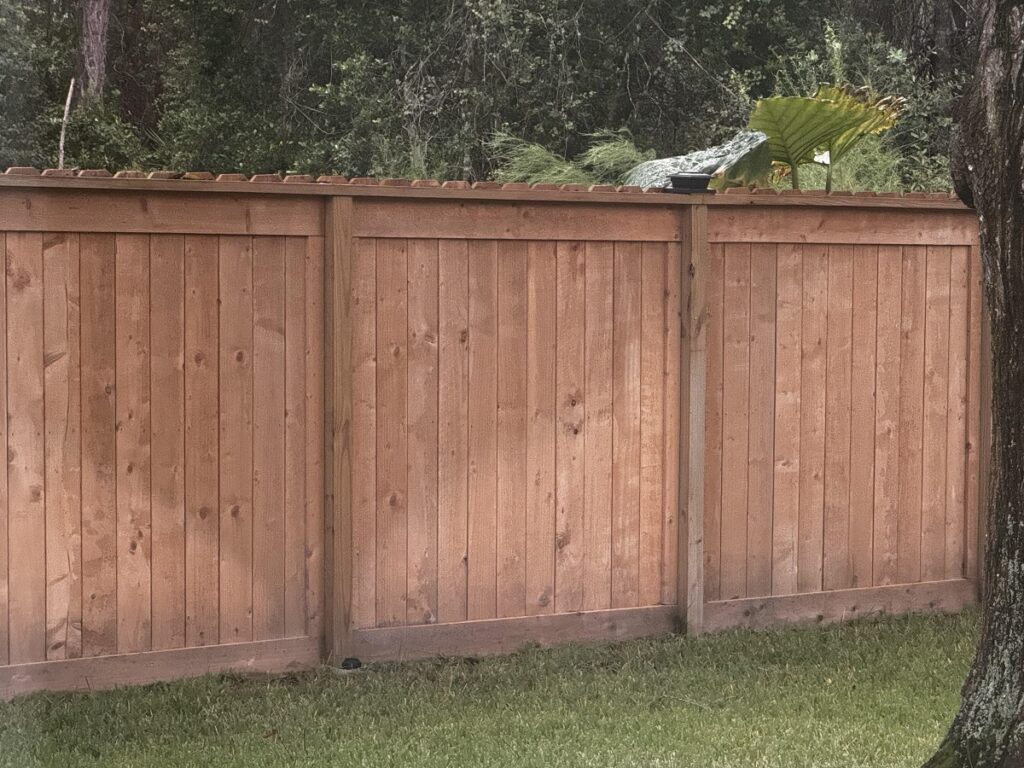
A vertical plank fence with accent boards adds visual rhythm and artistic flair to a yard. Accent planks can feature different stains, textures, or widths, creating a playful yet stylish effect. This approach balances privacy and character, making a yard feel custom and inviting. Typically built using durable woods like cedar or redwood, the fence can be stained or painted for added personality. Vertical plank fences with accents have become increasingly popular in the 2010s as homeowners sought unique, personalized fencing options that break away from uniform designs.
8. Curved or Wave Fence
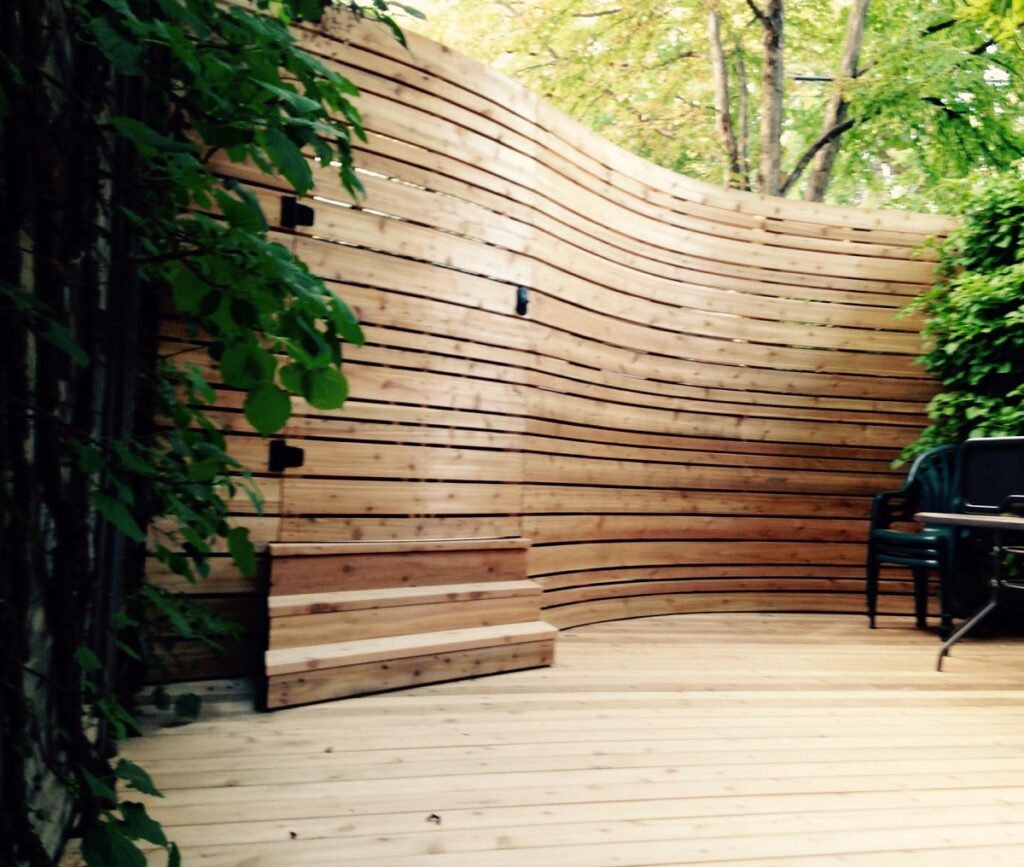
Curved or wave fences introduce a sense of movement and fluidity to a yard, breaking the straight-line monotony of conventional fences. Flexible wood materials, such as cedar, are often used to achieve smooth, gentle curves. This design can guide foot traffic or highlight specific garden areas while adding a sculptural element. Curved fencing gained attention in landscape architecture circles during the 2000s for its ability to blend hardscaping with natural forms. It’s particularly effective in modern gardens or areas with winding paths and lush plantings.
9. Color-Blocked Wood Fence
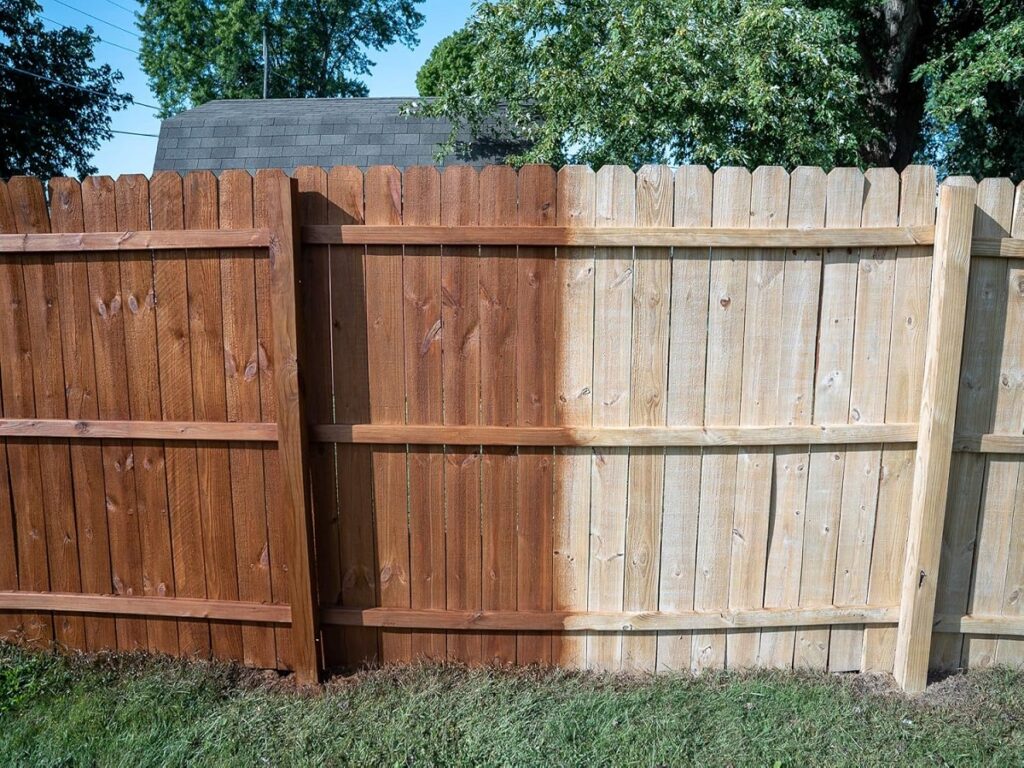
A color-blocked wood fence combines different wood tones or painted panels to create a vibrant, contemporary aesthetic. This approach allows homeowners to introduce bold statements without losing natural warmth. Common woods include cedar or pine, treated or stained for color longevity. The technique became trendy in the late 2010s as DIY enthusiasts sought playful, artistic fencing solutions. Color-blocked fences work well in gardens or backyards where visual interest and personalization are priorities, adding both a creative and functional element to outdoor spaces.
10. Integrated Planter Fence
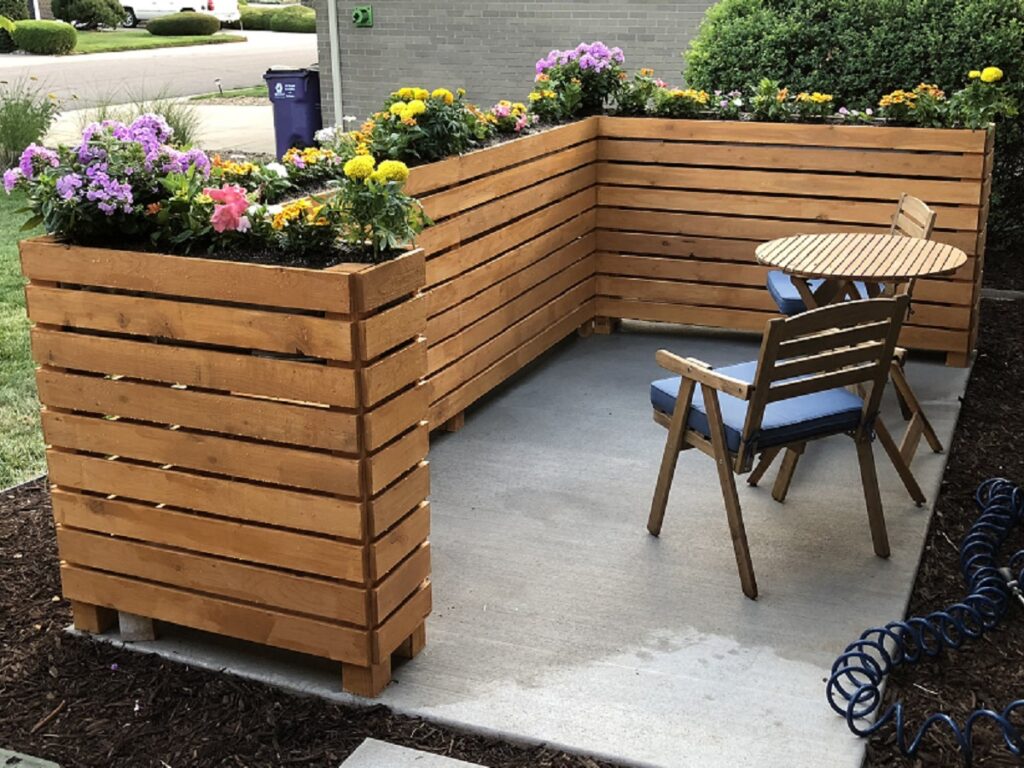
An integrated planter fence combines vertical fencing with built-in planter boxes, seamlessly blending greenery and structure. This design allows flowers, herbs, or even small shrubs to grow directly along the fence, softening the wooden surface and adding vibrancy. Typically constructed from cedar or treated pine for durability, planter fences have become popular in urban yards since the 2010s for their dual function of privacy and landscaping. This style creates a lush, natural boundary that enhances the yard while offering a practical gardening solution.
Comments